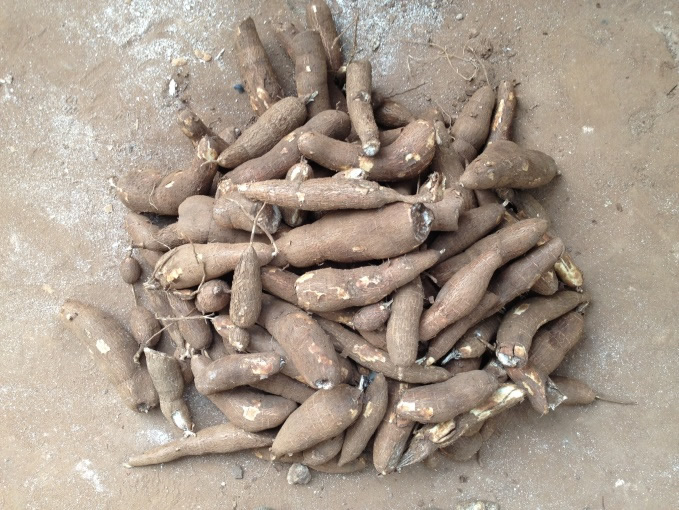Garri, a staple carbohydrate food prevalent in many West African nations, holds a significant place in Nigerian and Igbo cuisine. Derived from cassava, raw Garri presents as creamy-white or light-yellow flour with a subtle fermented taste.
The two primary variants of Garri are the “White” and “Yellow” types, with the latter achieved by incorporating a few drops of palm oil during the frying/drying process.
To transform cassava tubers into Garri, the following items are essential:
1. Cassava tubers: Harvested from farms and utilized within seventy-two hours.
2. Kitchen knife: Used for peeling and cutting the cassava into smaller pieces.
3. Water: Employed for thorough washing of the peeled cassava tubers.
4. Cassava mill: Grinds and dries the washed cassava to achieve fermentation.
5. Sieve: Separates the fine cassava powder from other particles.
6. Frying pan: Fries the cassava powder until dry.
7. Firewood: Provides heat for the frying process.
8. Sacks: Used for packaging the dry cassava powder (Garri).
9. Palm oil (optional): Added during frying to produce “Yellow” Garri.
Garri can be served in two popular forms:
i. Eba (Utara): Garri is gradually added to boiled water and stirred until saturated. It is served with native Igbo soups.
ii. Soaked: Garri is poured into clean water, allowed to soak briefly, and served with groundnut seeds, dried meat, or bean cake, optionally sweetened.
Apart from rice, Garri is widely consumed in Nigeria, earning its moniker as “The common-man’s food.”





